
Task Analysis for Getting Dressed and Hygiene
Share
Introduction
As we discussed in our free task analysis post, task analysis is an ABA strategy for enhancing learning with more complex skills such as getting dressed. The definition of task analysis is simple: breaking a complex task into small, manageable components. When we do so, children are more likely to be able to learn complex functional skills such as brushing teeth, putting on a jacket, or washing hands. In order to create your own task analysis, you must do the task and write down each step as you do it. Make sure that you include every small step involved the task! Here is a task analysis example for eating yogurt:
- Finding a yogurt in the refrigerator
- Taking it out of the refrigerator
- Removing the lid from the yogurt
- Finding a spoon in the utensils drawer
- Eating the yogurt using the spoon
- Throwing out the empty yogurt cup
- Putting the dirty spoon in the dishwasher
It is amazing to realize how many steps are actually involved such a simple task as eating a yogurt! In order to save time for busy teachers, parents, and professionals, we created data sheets with completed task analyses for the following life skills:
- Brushing Teeth
- Brushing Hair
- Putting on a Jacket
- Putting on Pants
- Putting on Shirt
- Putting on Socks and Shoes
- Using Bathroom
- Washing Hands
If you are interested in completed task analysis data sheets, please go to our resource page to download free completed task analyses for getting dressed and hygiene!
Customer Favorites From Our Store
How To Use
The Task Analysis data sheet is divided into five columns. To use the sheet, you can follow these simple four steps (duplicated on the printable PDF as well):
- Mark today’s date above the Score (1) column.
- As the student completes each step, mark the score (+/-) and prompt level in columns marked (1).
- Total the score by dividing the number of correct answers by the total number of steps (e.g., 10/15 = 67%).
- You can do another trial on this same sheet and collect data using the columns marked (2).

Example of Completed Data Sheet
Once a child has demonstrated mastery for a specific skill, you may no longer need to collect task analysis data. In the meantime, this sheet allows you to track progress and to make sure everyone is teaching the skill the same way.
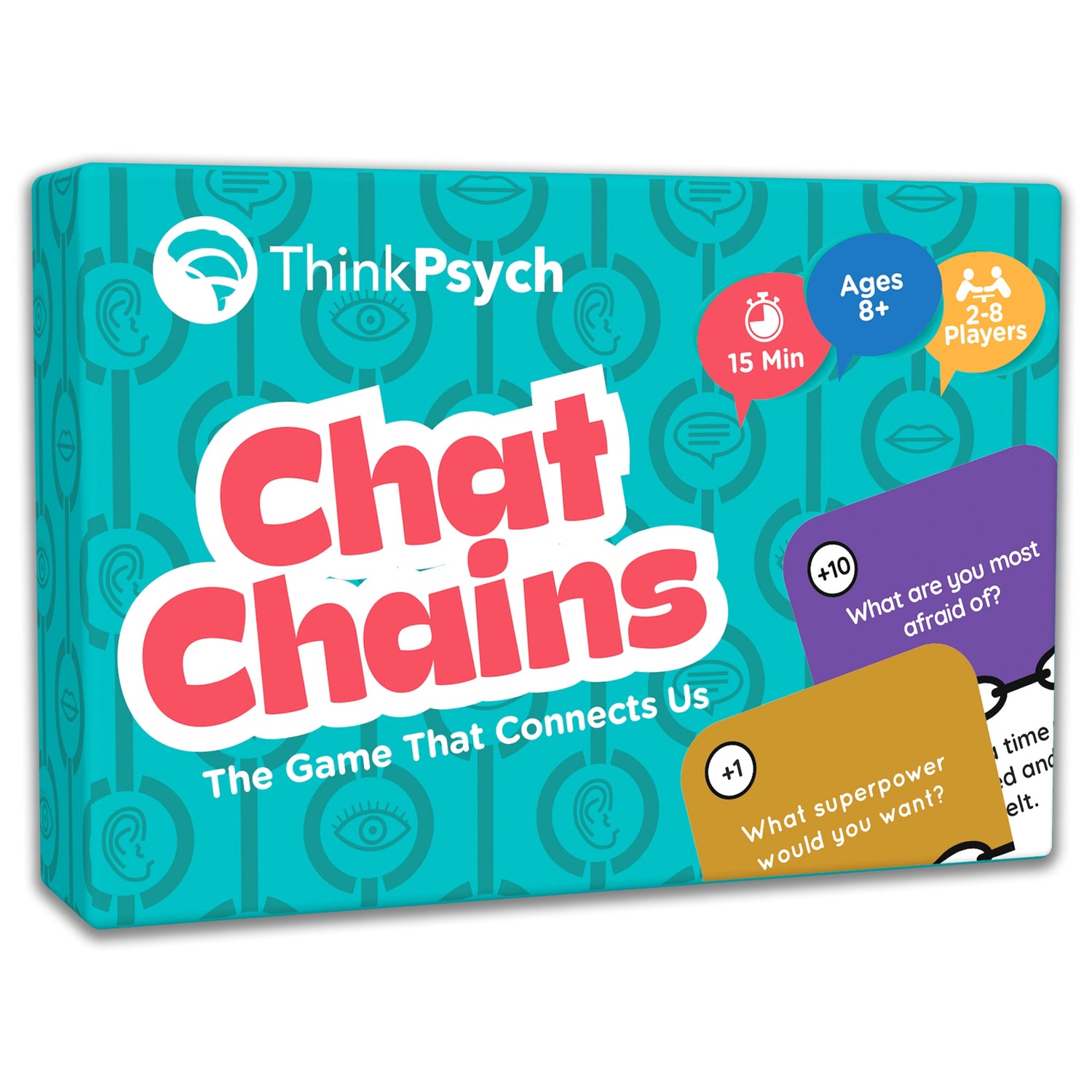

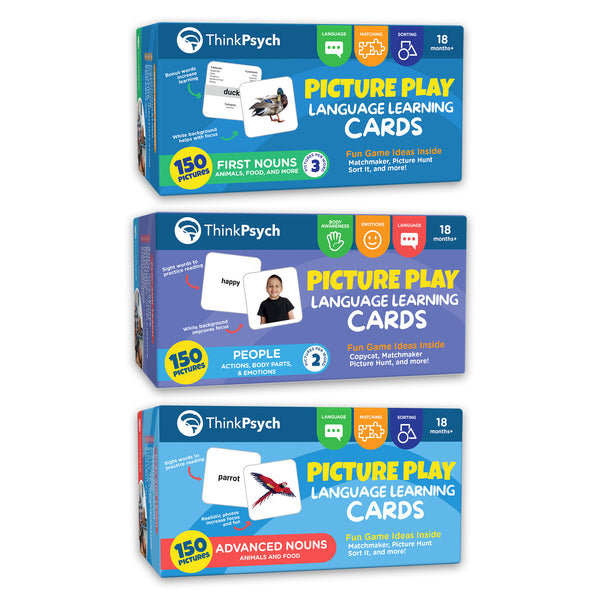
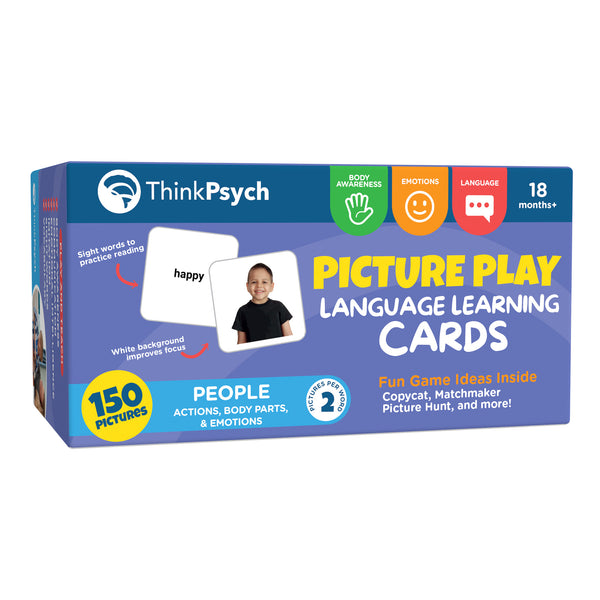
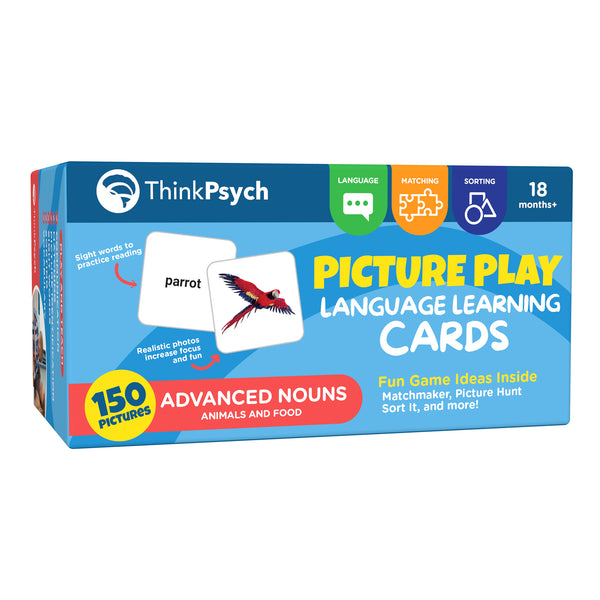
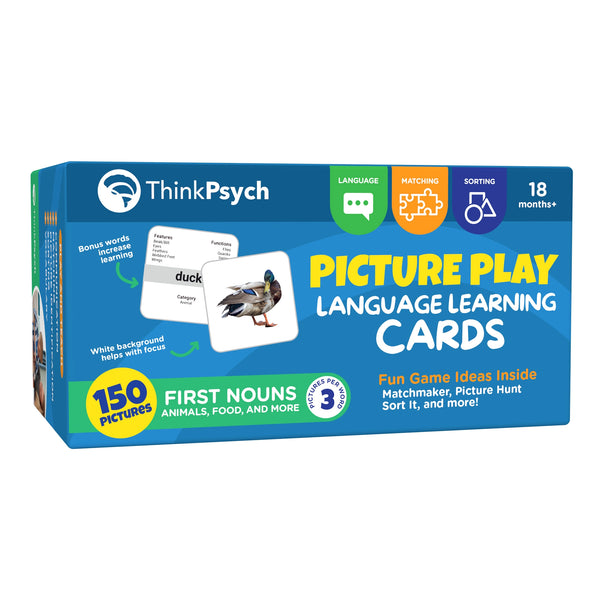
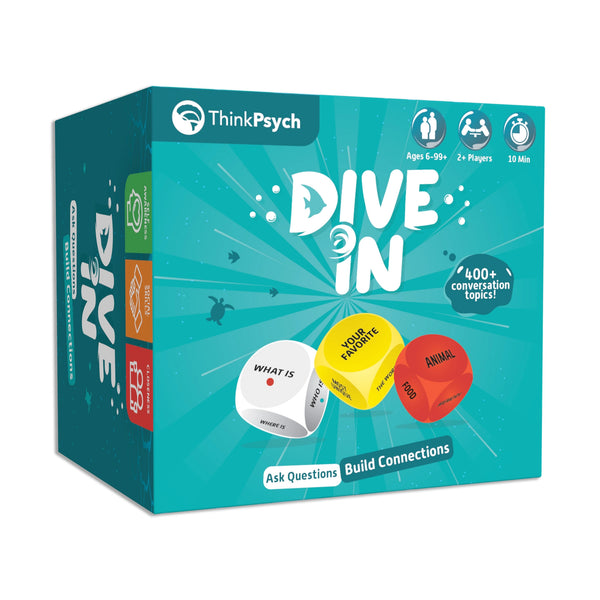
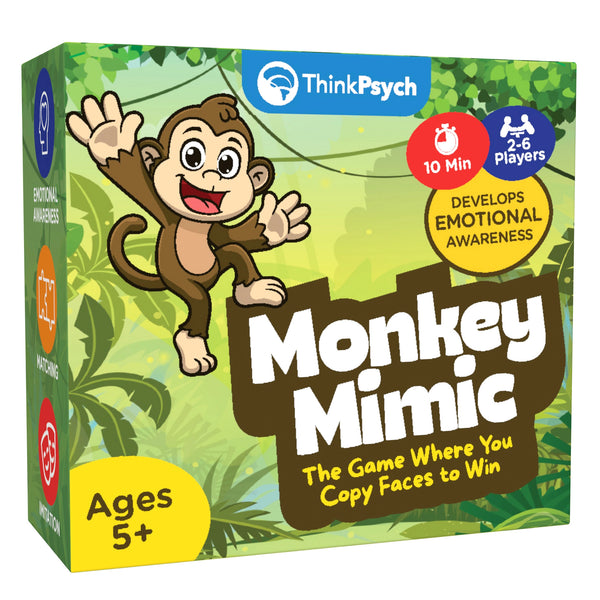
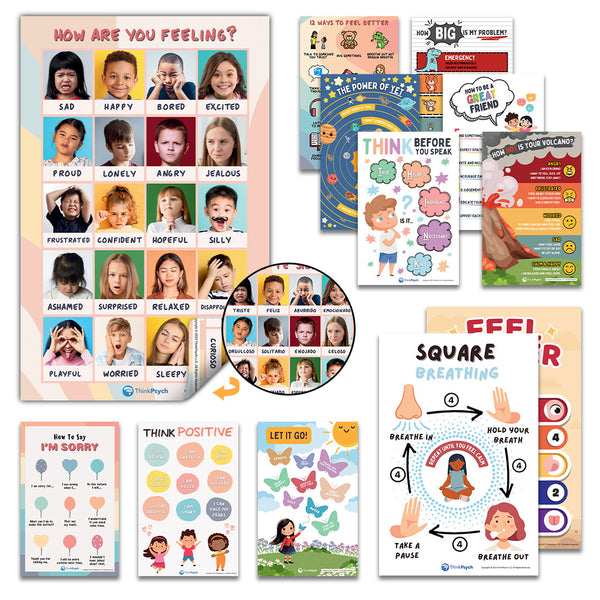
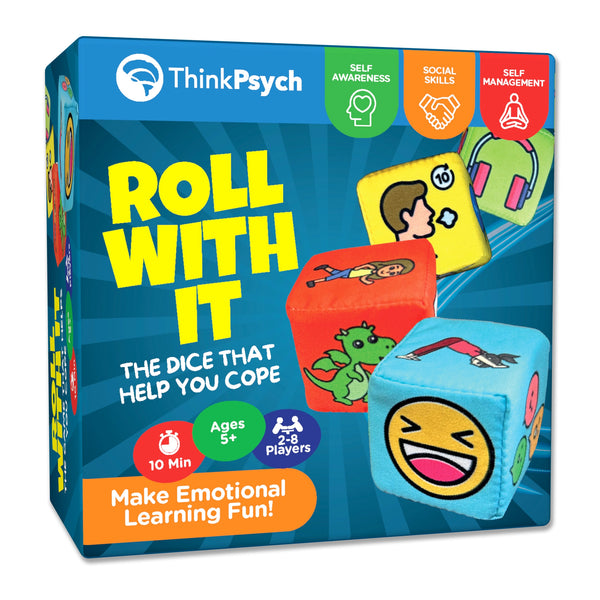
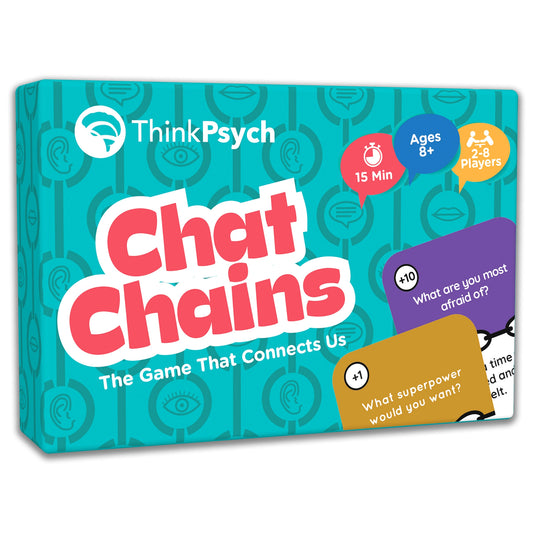

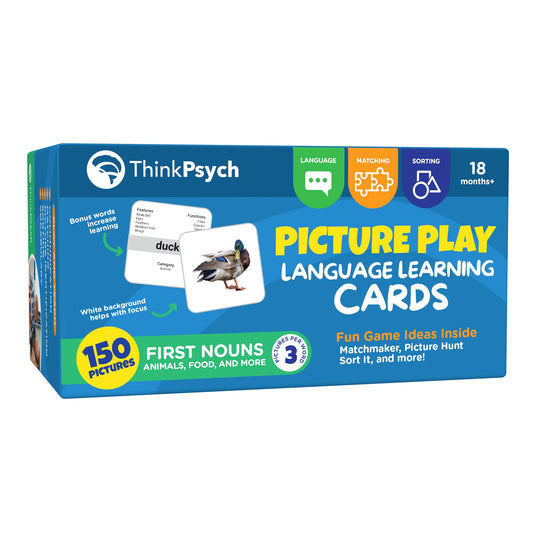

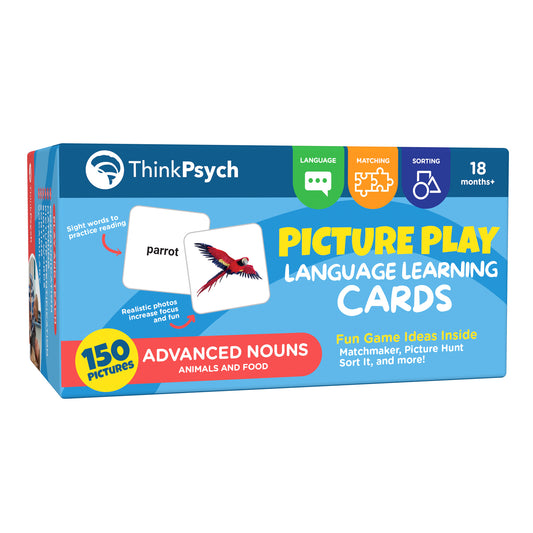

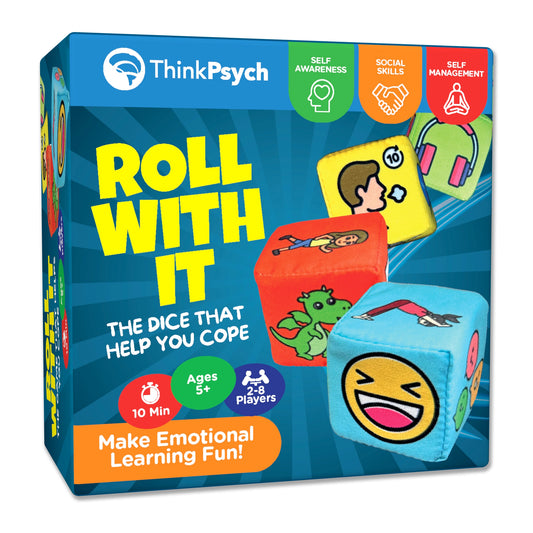

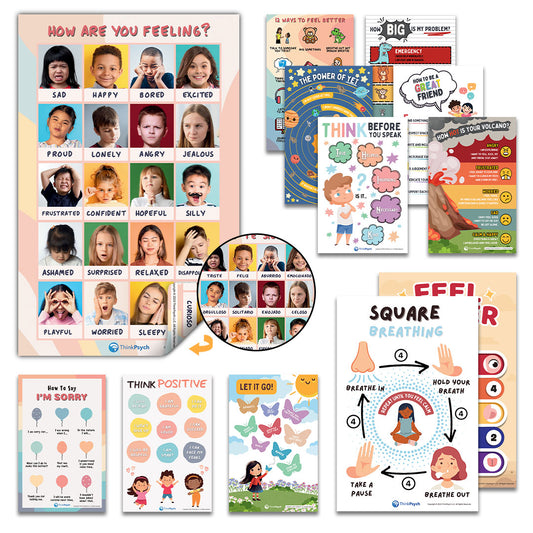

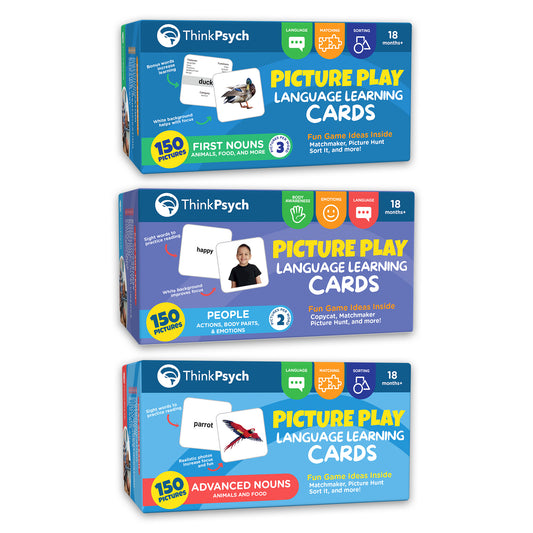

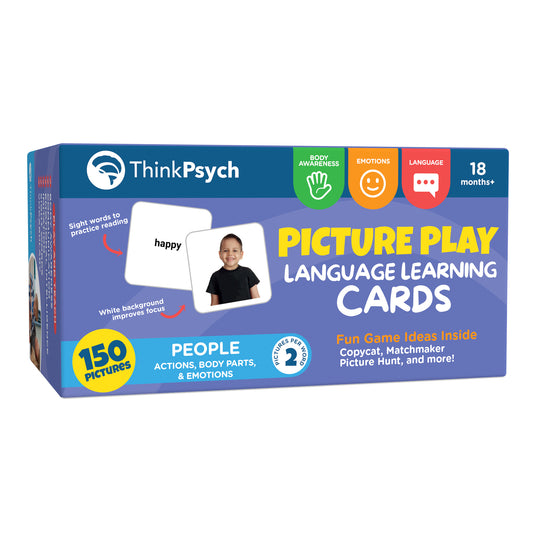

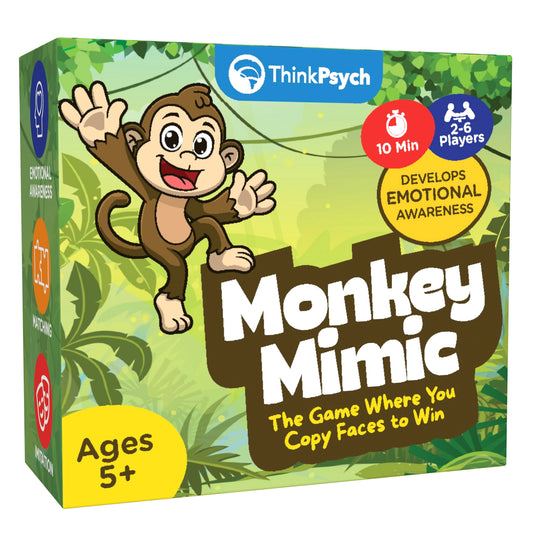

1 comment
These task analyses were very helpful. Thank you.